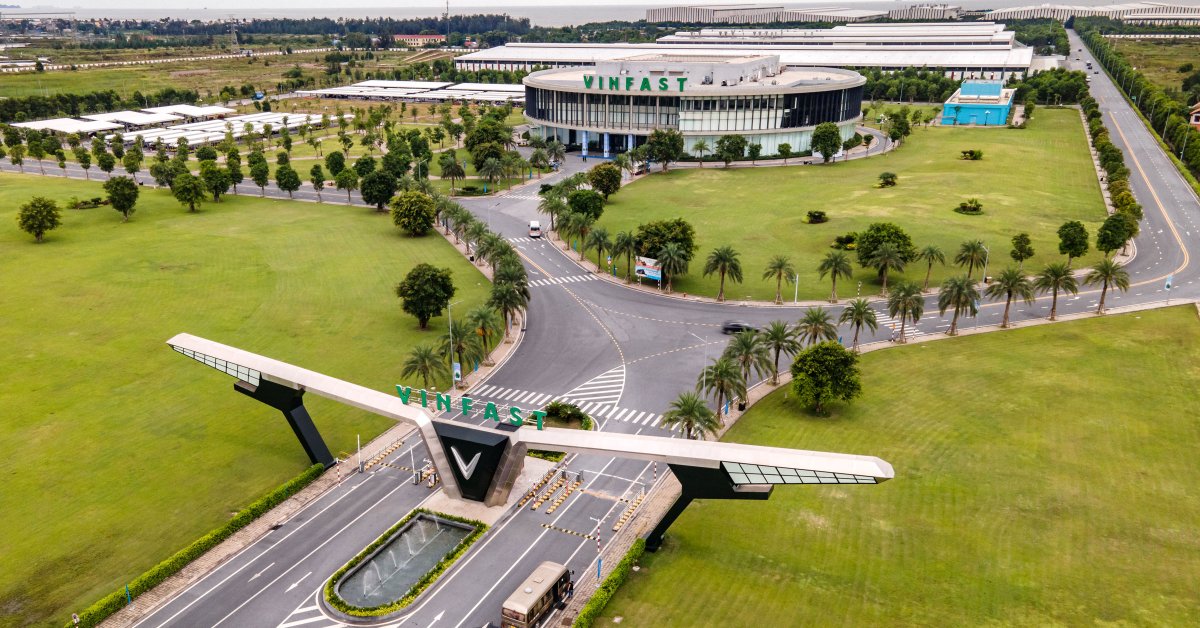[ad_1]
That is an estimate contained within the newest annual Wealth Report launched by U.Okay. property consultancy Knight Frank.
It says Vietnam is anticipated to have 1,551 ultra-high web value people (UHNWIs) by 2026, in comparison with 1,234 final 12 months.
The corporate additionally predicts that the variety of wealthy individuals, or these with a web value of $1 million or extra, together with their main residence, will rise sharply by greater than 59 p.c from final 12 months to 114,807 in 2026.
“Now we have witnessed prime residence promoting costs break the $10,000 per sq. meter barrier this 12 months, pushed by native demand, and with Vietnam anticipated to extend the variety of UHNWIs between 2021 and 2026 by 26 p.c, on par with Hong Kong SAR and Taiwan, we will see the potential for ongoing development nicely into the long run past that,” stated Knight Frank Vietnam Managing Director Alex Crane.
The report additionally notes a marked pattern in spending by ultra-rich and wealthy individuals on watches and wines. Vietnam’s import of watches elevated 28.2 p.c yearly in 2016-2020 regardless of the affect of Covid-19.
Automotive gross sales and wine imports, previous to being impacted by the pandemic, had constantly maintained constructive development of 12.9 p.c and 9.8 p.c, respectively, between 2016 and 2019.
The Knight Frank report counts greater than 610,000 ultra-rich individuals around the globe final 12 months, up 9.3 p.c in opposition to 2020.
It predicts that the worldwide UHNW inhabitants will develop by an additional 28 p.c by 2026, with Asia and Australasia seeing the biggest development at 33 p.c, adopted by North America at 28 p.c and Latin America at 26 p.c.
The report says international personal capital funding into business actual property totaled $405 billion final 12 months, a 52 p.c enhance over the earlier 12 months and 38 p.c above the pre-pandemic five-year common.
It expects round 25 p.c of the ultra-rich individuals to take a position straight in business actual property this 12 months. The report says personal capital will likely be predominately directed towards places of work (43 p.c), adopted by industrial and logistics sectors (17 p.c), and the residential phase (16 p.c).
[ad_2]
Source link
















